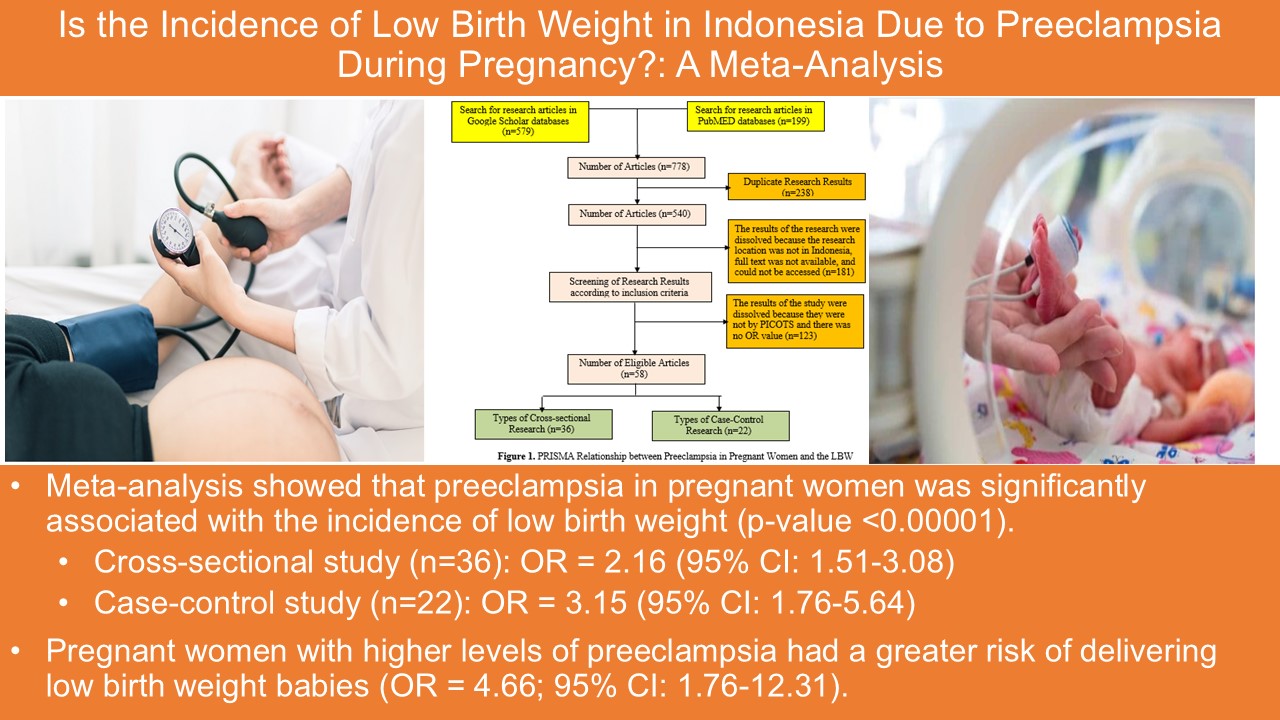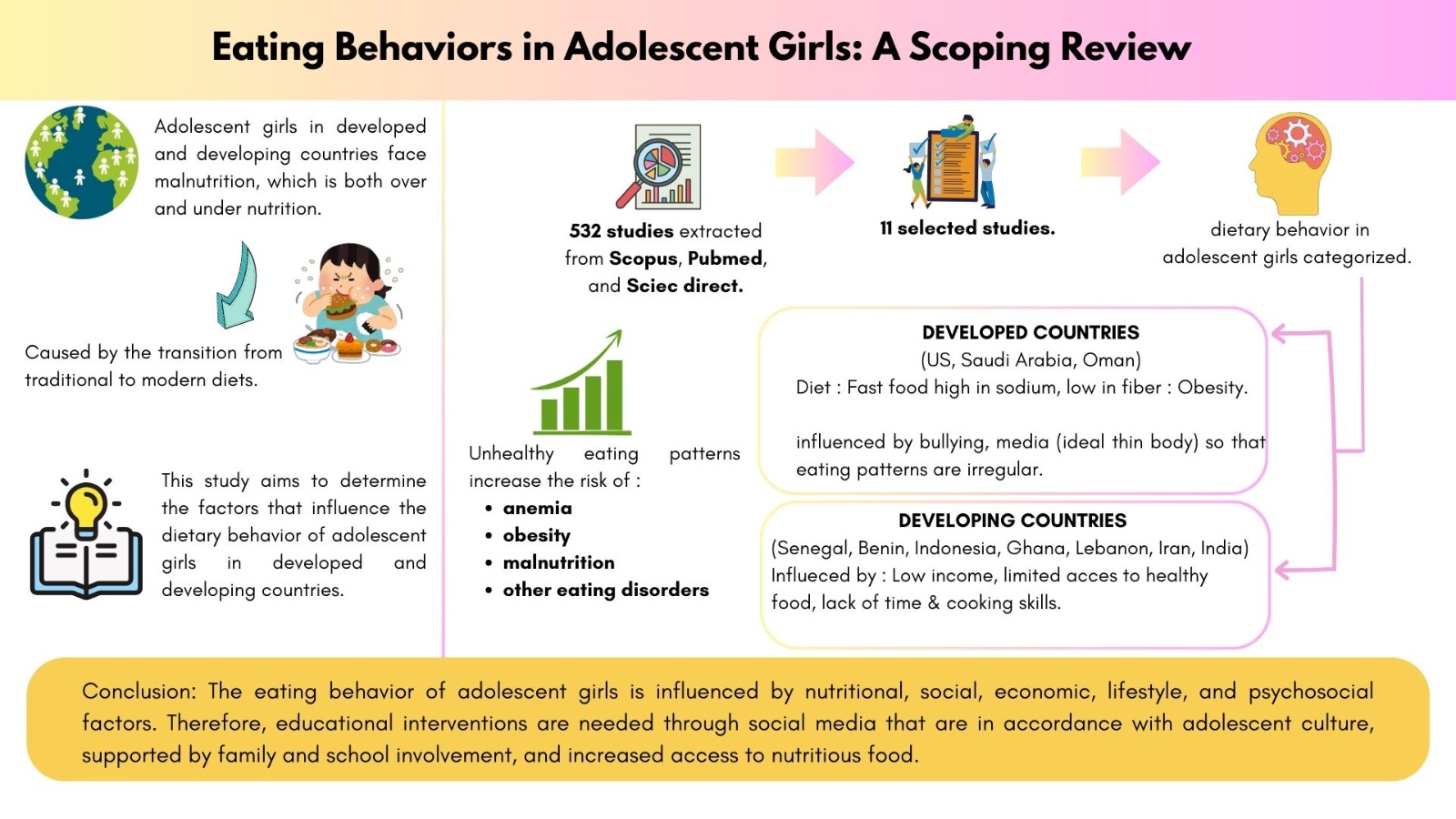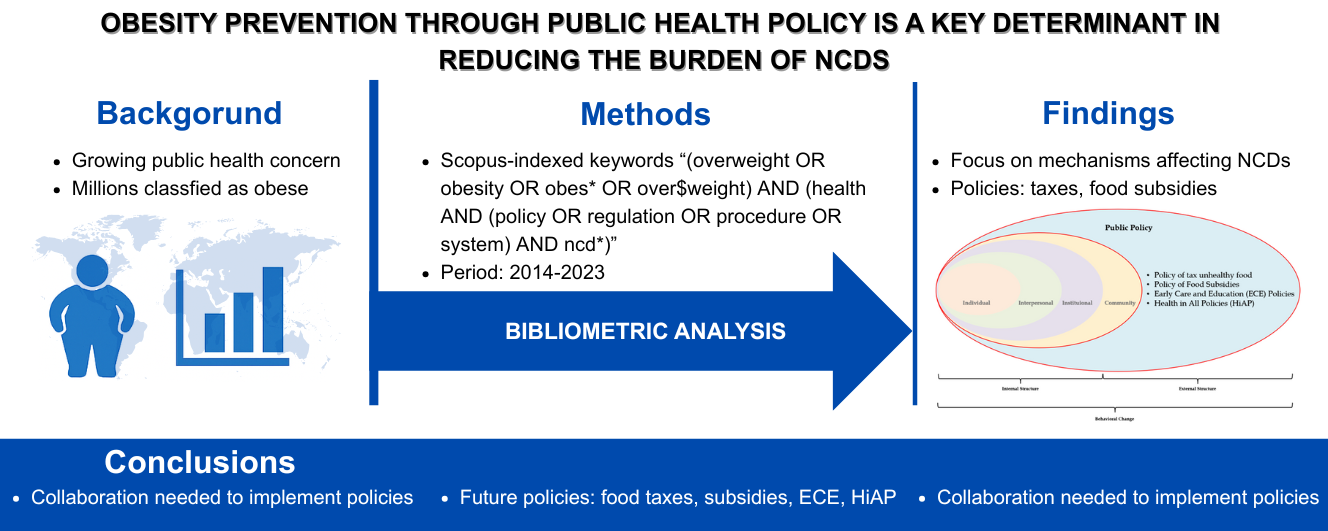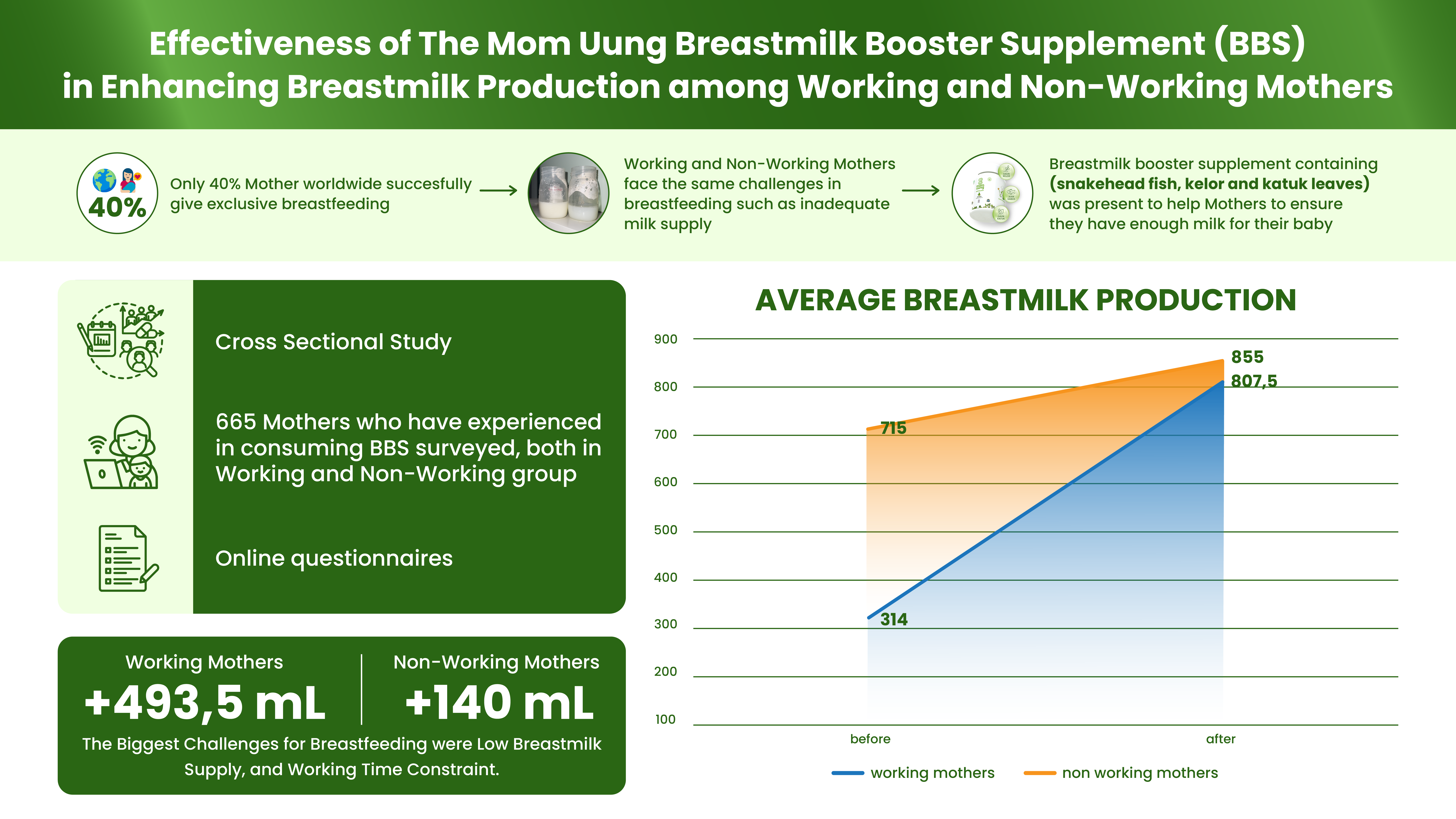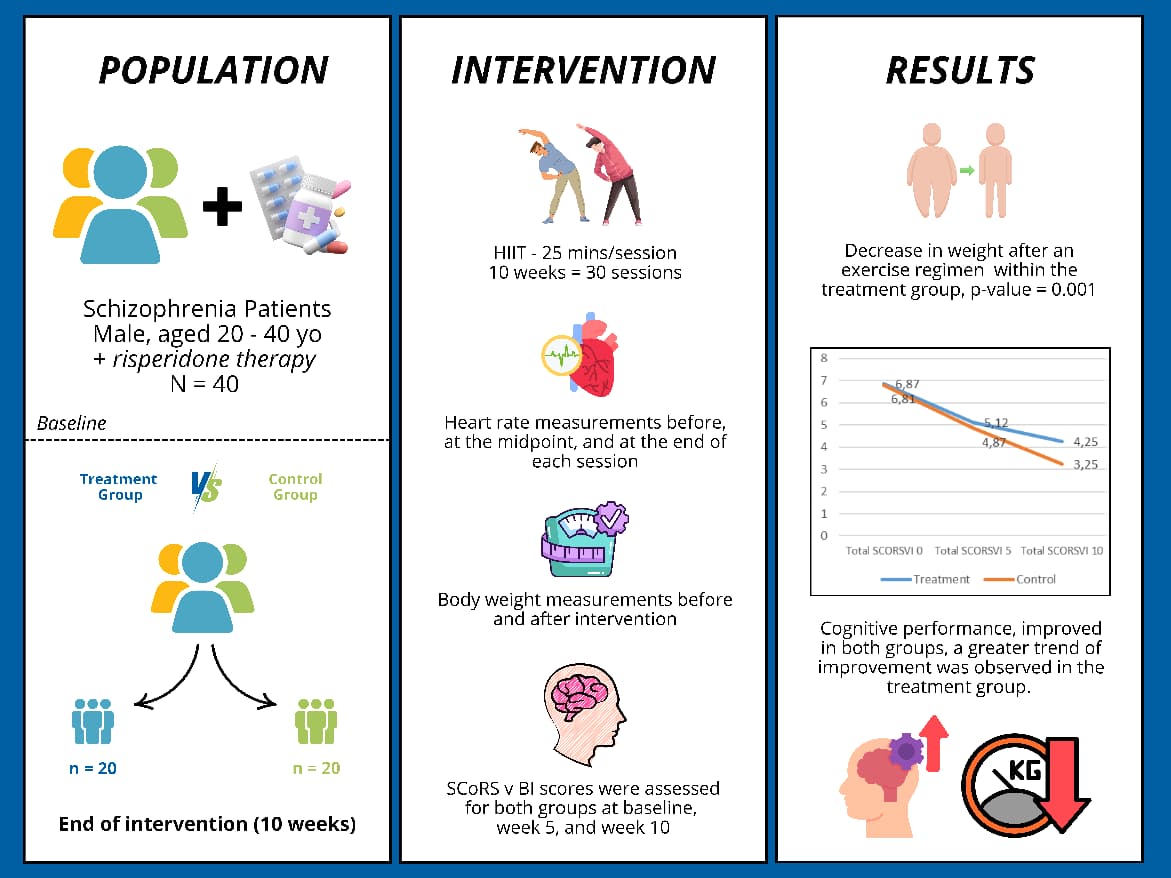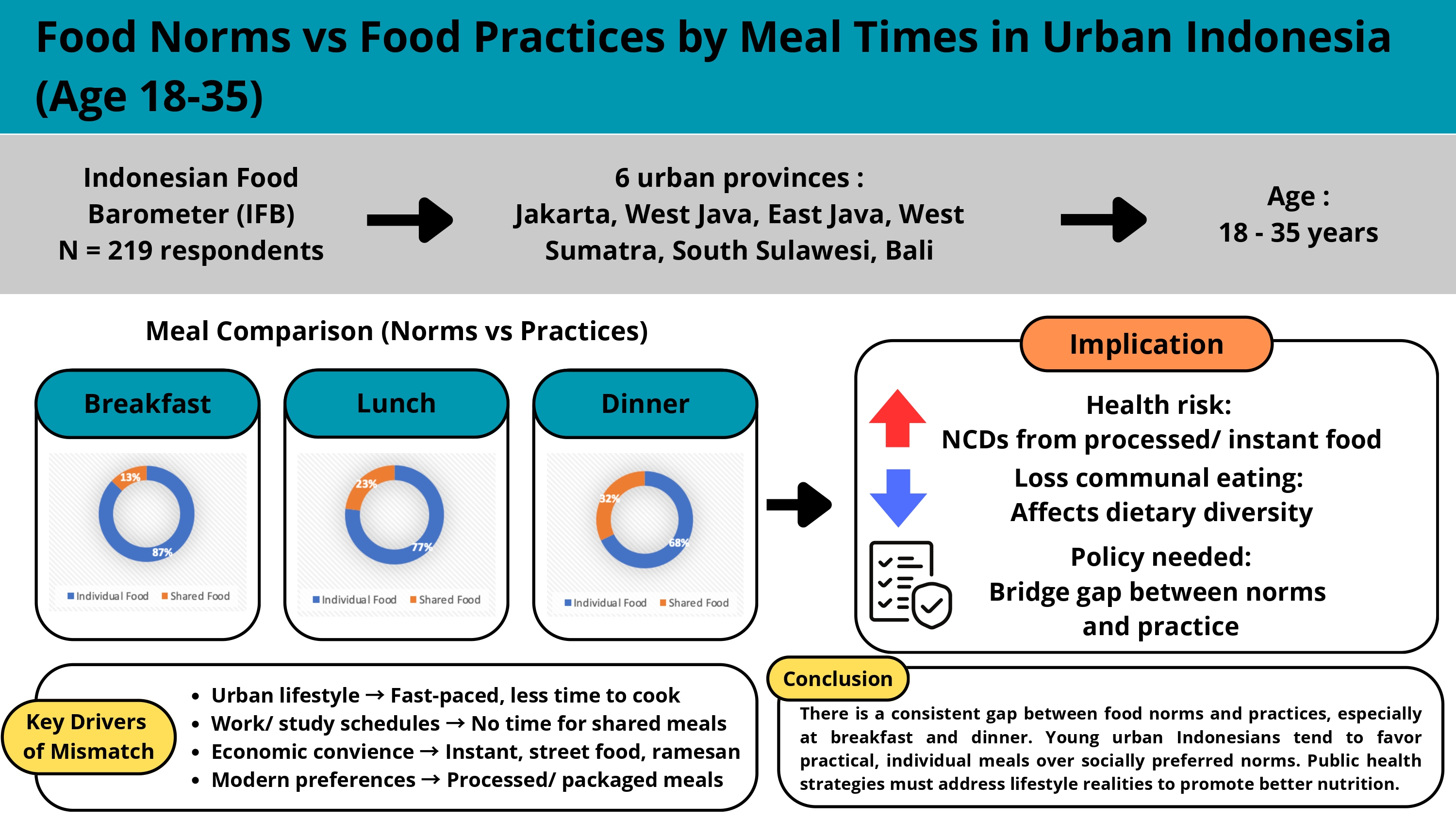Determinant of Household Food Waste: A Direct Measurement Study in Tanah Sareal Sub-District of Bogor City
Downloads
The percentage of food waste generation has increased in Indonesia for 20 years, with 80% of food waste coming from households. This can cause various significant negative impacts on the environment, economy and social. Various factors affect the production of household food waste. This study aims to analyze household food waste based on its quantity, type, and determinants. This study uses some secondary data from primary research conducted by Swamilaksita (2024) with a cross-sectional design. The study sample of 110 households was selected using a stratified random sampling technique. Food waste data was obtained through direct measurement using the SNI 19-3964-1994 method. The entire data was analyzed descriptively, while multiple linear regression analysis was carried out to determine the determinants of household food waste. This study showed that the average amount of food waste was 318.4 g/HH/day and 76.7 g/cap/day. The cereal group was the most discarded food group, followed by vegetables and fruits group. Only three variables were proven to be statistically significant (p-value<0.1) affect the average amount of household food waste, namely the number of household members (p=0.000), mother work as civil servant/private employee (p=0.049), and purchasing and spending behavior (p=0.084). The conclusion was there is an average amount of food waste in units per household and per capita, with the dominant food group is the cereal group, as well as the determinants of household food waste, including number of household members, mother work as a civil servant/private employee, and purchasing and spending behavior.
Bapanas. (2024). Direktori Perkembangan Konsumsi Pangan Nasional dan Provinsi Tahun 2019-2023. Jakarta: Badan Pangan Nasional.
Bappenas. (2021). Laporan Kajian Food Loss and Waste di Indonesia. Jakarta: Badan Perencanaan Pembangunan Nasional.
Bozdağ, A. N. S., & Çakiroğlu, F. P. (2021). Determination of the factors affecting the amount of food waste generated from households in Turkey. Future of Food: Journal on Food, Agriculture and Society, 9(2), 1–20. doi:10.17170/kobra202011192214.
BPS Kota Bogor. (2020). Kota Bogor Dalam Angka 2020. Bogor: Badan Pusat Statistik Kota Bogor.
BPS Kota Bogor. (2021). Kecamatan Tanah Sareal Dalam Angka 2021. Bogor: Badan Pusat Statistik Kota Bogor.
Bravi, L., Francioni, B., Murmura, F., & Savelli, E. (2020). Factors affecting household food waste among young consumers and actions to prevent it. A comparison among UK, Spain and Italy. Resources, Conservation and Recycling, 153, 104586. doi:10.1016/j.resconrec.2019.104586.
Bravi, L., Murmura, F., Savelli, E., & Viganò, E. (2019). Motivations and actions to prevent food waste among young Italian consumers. Sustainability, 11(4), 1110. doi:10.3390/su11041110.
BSN. (1994). SNI 19-3964-1994 : Metode Pengambilan dan Pengukuran Contoh Timbulan dan Komposisi Sampah Perkotaan. Jakarta: Badan Standarisasi Nasional.
CEC. (2019). Why and How to Measure Food Loss and Waste: A Practical Guide. Canada: Commission for Environmental Cooperation.
Diana, R. (2024). Food Waste: Determinan, Dampak, dan Kaitannya dengan Ketahanan Pangan Rumah Tangga (Dissertation, IPB University, Bogor, Indonesia). Accessed from https://repository.ipb.ac.id/handle/123456789/135628.
Elimelech, E., Ayalon, O., & Ert, E. (2018). What gets measured gets managed: A new method of measuring household food waste. Waste Management, 76, 68–81. doi:10.1016/j.wasman.2018.03.031.
Everitt, H., Werf, P. van der, Seabrook, J. A., Wray, A., & Gilliland, J. A. (2022). The quantity and composition of household food waste during the COVID-19 pandemic: A direct measurement study in Canada. Socio-economic planning sciences, 82, 101–110. doi:10.1016/j.seps.2021.101110.
Foley, J. A., Ramankutty, N., Brauman, K. A., Cassidy, E. S., Gerber, J. S., Johnston, M., Mueller, N. D., O’Connell, C., Ray, D. K., & West, P. C. (2011). Solutions for a cultivated planet. Nature, 478(7369), 337–342. doi:10.1038/nature10452.
Ghaziani, S., Ghodsi, D., Dehbozorgi, G., Faghih, S., Ranjbar, Y. R., & Doluschitz, R. (2021). Comparing lab-measured and surveyed bread waste data: A possible hybrid approach to correct the underestimation of household food waste self-assessment surveys. Sustainability, 13(6). doi:10.3390/su13063472.
Giordano, C., Alboni, F., & Falasconi, L. (2019). Quantities, Determinants, and Awareness of Households’ Food Waste in Italy: A Comparison between Diary and Questionnaires Quantities. Sustainability, 11(12). doi:10.3390/su11123381.
Grainger, M. J., Aramyan, L., Piras, S., Quested, T. E., Righi, S., Setti, M., Vittuari, M., & Stewart, G. B. (2018). Model selection and averaging in the assessment of the drivers of household food waste to reduce the probability of false positives. PloS One, 13(2), 1–16. doi:10.1371/journal.pone.0192075.
Hanssen, O. J., Syversen, F., & Stø, E. (2016). Edible food waste from Norwegian households—Detailed food waste composition analysis among households in two different regions in Norway. Resources, Conservation and Recycling, 109, 146–154. doi:10.1016/j.resconrec.2016.03.010.
Hermanussen, H., Loy, J.-P., & Egamberdiev, B. (2022). Determinants of food waste from household food consumption: A case study from field survey in Germany. International Journal of Environmental Research and Public Health, 19(21), 14253. doi:10.3390/ijerph192114253.
Ilakovac, B., Iličković, M., & Voća, N. (2018). Food waste drivers in Croatian households. Journal of Central European Agriculture, 19(3), 678–709. doi:10.5513/JCEA01/19.3.1994.
Kariyasa, K., & Suryana, A. (2012). Memperkuat ketahanan pangan melalui pengurangan pemborosan pangan. Analisis Kebijakan Pertanian, 10(3), 269–288. doi:10.21082/akp.v10n3.2012.269-288.
Katajajuuri, J.-M., Silvennoinen, K., Hartikainen, H., Heikkilä, L., & Reinikainen, A. (2014). Food waste in the Finnish food chain. Journal of Cleaner Production, 73, 322–329. doi:10.1016/j.jclepro.2013.12.057.
Kennedy, G., Ballard, T., & Dop, M. (2013). Guidelines for measuring household and individual dietary diversity. Rome, Italy: Food and Agriculture Organization.
Khalid, S., Malik, A. U., Ullah, M. I., Khalid, M. S., Javeed, H. M. R., Naeem, M. A., & Naseer, A. (2023). Food waste: causes and economic losses estimation at household level in Pakistan. Environmental Science and Pollution Research, 30(44), 99284–99297. doi:10.21203/rs.3.rs-1505062/v1.
Koivupuro, H.-K., Hartikainen, H., Silvennoinen, K., Katajajuuri, J.-M., Heikintalo, N., Reinikainen, A., & Jalkanen, L. (2012). Influence of socio‐demographical, behavioural and attitudinal factors on the amount of avoidable food waste generated in Finnish households. International Journal of Consumer Studies, 36, 183–191. doi:10.1111/j.1470-6431.2011.01080.x.
Lyndhurst, B., Cox, J., & Downing, P. (2007). Food Behaviour Consumer Research: Quantitative Phase. Accessed from https://wrap.org.uk/sites/default/files/2020-12/Food-behaviour-consumer-research-quantitative-phase.pdf.
Oberlin, A. S. (2013). Characterization of household waste in Kinondoni municipality, Dar es Salaam. Academic Journal of Interdisciplinary Studies, 2(13). doi:10.5901/ajis.2013.v2n13p35.
Porpino, G., Parente, J., & Wansink, B. (2015). Food waste paradox: antecedents of food disposal in low income households. International Journal of Consumer Studies, 39, 619–629. doi:10.1111/ijcs.12207.
Principato, L. (2018). Food waste at consumer level: A comprehensive literature review. Rome, Italy: Springer International Publishing.
Scalvedi, M. L., & Rossi, L. (2021). Comprehensive measurement of Italian domestic food waste in a European framework. Sustainability, 13(3), 1–17.doi:10.3390/su13031492.
Silvennoinen, K., Katajajuuri, J. M., & Hartikainen, H. (2014). Food waste volume and composition in Finnish households. British Food Journal, 116(6), 1058–1068. doi:10.1108/BFJ-12-2012-0311.
Silvennoinen, K., Nisonen, S., & Katajajuuri, J.-M. (2022). Food waste amount, type, and climate impact in urban and suburban regions in Finnish households. Journal of Cleaner Production, 378. doi:10.1016/j.jclepro.2022.134430.
Stancu, V., Haugaard, P., & Lähteenmäki, L. (2016). Determinants of consumer food waste behaviour: Two routes to food waste. Appetite, 96, 7–17. doi:10.1016/j.appet.2015.08.025.
Teng, C.-C., Chih, C., Yang, W.-J., & Chien, C.-H. (2021). Determinants and prevention strategies for household food waste: an exploratory study in Taiwan. Foods, 10(10), 2331. doi:10.3390/foods10102331.
Torode, M., Abbot, N., Trotman, E., & Quested, T. (2023). Household Food and Drink Waste in The United Kingdom 2021/22. Accessed from https://wrap.org.uk/resources/report/household-food-and-drink-waste-united-kingdom-2021-22#:~:text=How much household food waste,per household of 4 people.
UNEP. (2021). Food Waste Index Report 2021. Accessed from https://www.unep.org/resources/report/unep-food-waste-index-report-2021.
van der Werf, P., & Gilliland, J. A. (2017). A systematic review of food losses and food waste generation in developed countries. Proceedings of the Institution of Civil Engineers-Waste and Resource Management, 170(2), 66–77. doi:10.1680/jwarm.16.00026.
Visschers, V. H. M., Wickli, N., & Siegrist, M. (2016). Sorting out food waste behaviour: A survey on the motivators and barriers of self-reported amounts of food waste in households. Journal of Environmental Psychology, 45, 66–78. doi:10.1016/j.jenvp.2015.11.007.
Willett, W., Rockström, J., Loken, B., Springmann, M., Lang, T., Vermeulen, S., Garnett, T., Tilman, D., DeClerck, F., & Wood, A. (2019). Food in the Anthropocene: the EAT–Lancet Commission on healthy diets from sustainable food systems. The Lancet, 393(10170), 447–492. doi:10.1016/S0140-6736(18)31788-4.
Withanage, S. V, Dias, G. M., & Habib, K. (2021). Review of household food waste quantification methods: Focus on composition analysis. Journal of Cleaner Production, 279. doi:10.1016/j.jclepro.2020.123722.
Zhang, H., Duan, H., Andric, J. M., Song, M., & Yang, B. (2018). Characterization of household food waste and strategies for its reduction: A Shenzhen City case study. Waste Management, 78, 426–433. doi:10.1016/j.wasman.2018.06.010.

This work is licensed under a Creative Commons Attribution-NonCommercial-ShareAlike 4.0 International License.
- MEDIA GIZI INDONESIA Journal is the copyright owner of all materials published on this website.
- The formal legal provisions for access to digital articles of this electronic journal are subject to the terms of the Creative Commons Attribution-NonCommercial-ShareAlike license (CC BY-NC-SA 4.0), which means that MEDIA GIZI INDONESIA Journal and readers reserve the right to save, transmit media / format, manage in database, maintain, and publish articles as long as it continues to include the name of the Author.
- Printed and published print and electronic manuscripts are open access for educational, research and library purposes. In addition to these objectives, the editorial board shall not be liable for violations of copyright law.


2.png)















